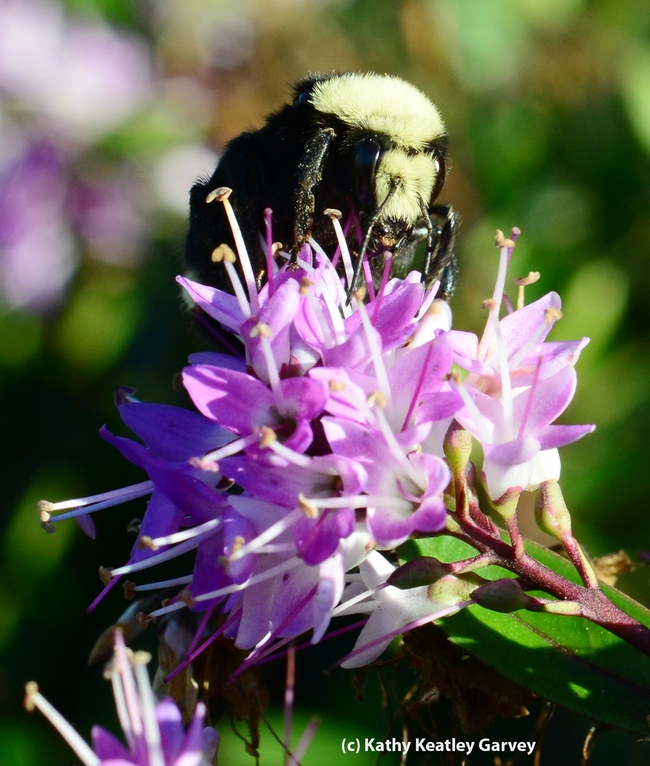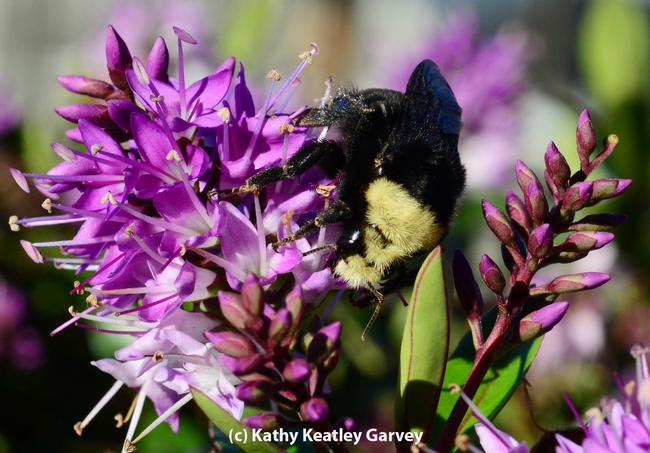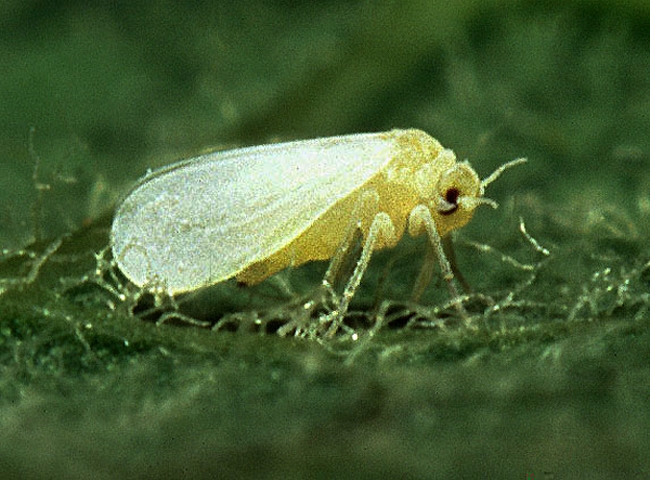From the UC Blogosphere...
4-H members enthralled by science
Hands-on science activities offered as part of 4-H SET (Science, Engineering, Technology) at a El Dorado County park recently were colorful enough to warrant a lengthy feature story in the Mountain Democrat yesterday.
The 4-H'ers experimented with resin to understand how tree sap trapped and preserved insects that flew and crawled 100 million years ago. They examined fossils, viewed a collection of dinosaur bones and went on a fossil fuel scavenger hunt.
“We have great schools, but they don’t have much hands-on experiential learning any more,” Tracey Celio told reporter Dawn Hodson. Celio is the UC Cooperative Extension 4-H youth development coordinator for El Dorado County.
“Our country used to be cutting edge but we’ve lost that in the last 10-15 years due to the outsourcing of jobs and technology,” Celio said. ”Now there is a push to re-energize youth about the opportunities through SET. We want to prepare kids for the 21st century and the jobs available in the 21st century.”
A She-Bee on the Hebe
The yellow-faced bumble bee, Bombus vosnesenskii, is back. We spotted some overwintering queen bumble bees gathering...

Queen bumble bee nectaring a hebe at the Berkeley marina. (Photo by Kathy Keatley Garvey)

Queen bumble bee is aglow in the afternoon sun. (Photo by Kathy Keatley Garvey)

Distinguishing yellow stripe on the lower abdomen is barely visible. (Photo by Kathy Keatley Garvey)
The U.S. is running out of farmworkers
No matter what happens with immigration reform, the United States will likely suffer a shortage of farm labor in coming decades, reported the Washington Post. The story was based on a study titled "The End of Farm Labor Abundance" by Edward Taylor, professor in the Department of Agriculture and Resource Economics at UC Davis, UC graduate student Diane Charlton and Antonio Yúnez-Naude, professor in the Center for Economic Studies at El Colegio de Mexico in Mexico City.
“It’s a simple story,” Taylor said. ”By the mid-twentieth century, Americans stopped doing farm work. And we were only able to avoid a farm-labor crisis by bringing in workers from a nearby country that was at an earlier stage of development. Now that era is coming to an end.”
Since it is unlikely that another labor pool can be found, and also unlikely that American demand for fresh fruit, vegetables and nuts will decline, farmers could turn in greater numbers to mechanical options, such as shake-and-catch harvesting machines, the study said.

Mechanical harvesting of cling peaches.
Who's Who in the Bemisia Zoo
It's a catchy title: "Unraveling the Complex: Who's Who in the Bemisia Zoo?" Paul de Barro, a senior principal research...

Silverleaf whitefly (Bemisia tabaci). Photo by Scott Baurer, USDA.
February Chores
February Chores By Andrea Peck, Master Gardener What should I be doing in my garden in February? Larry...








